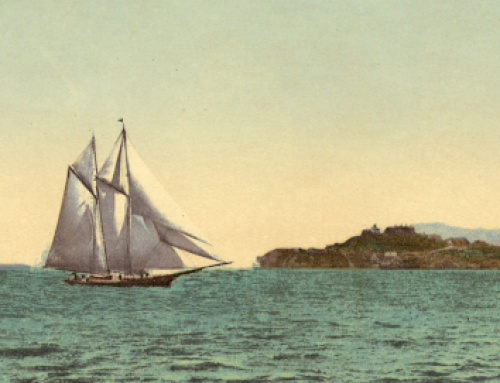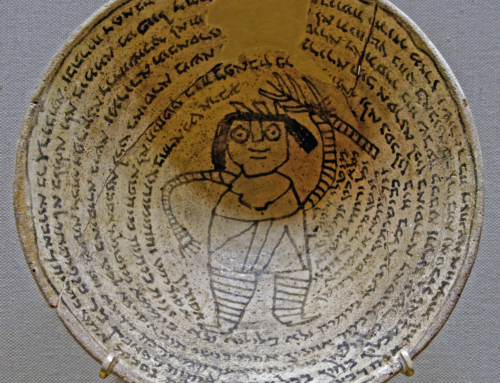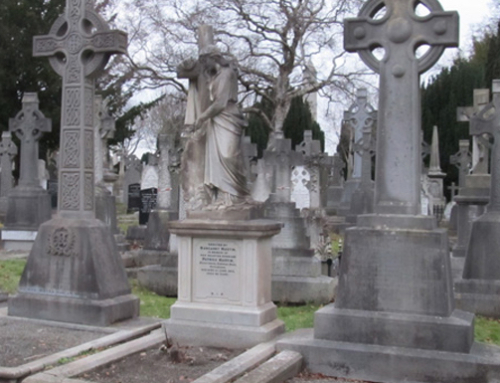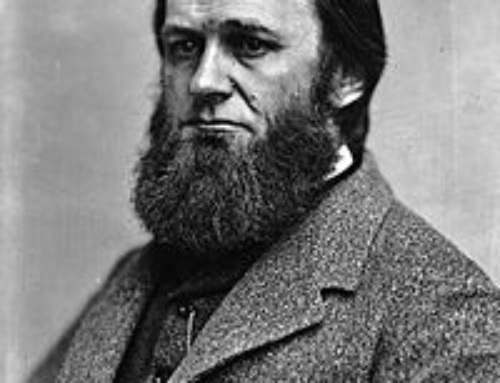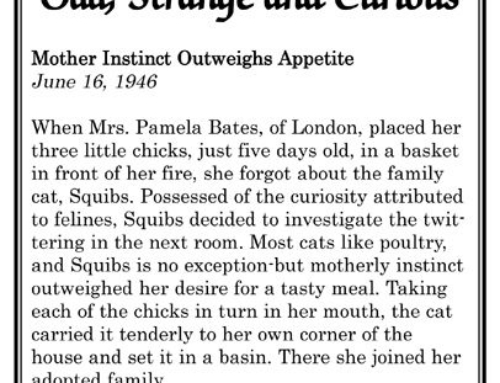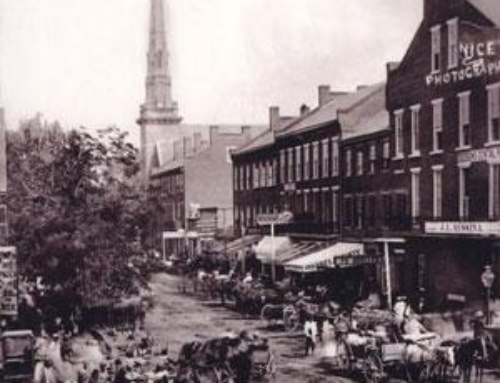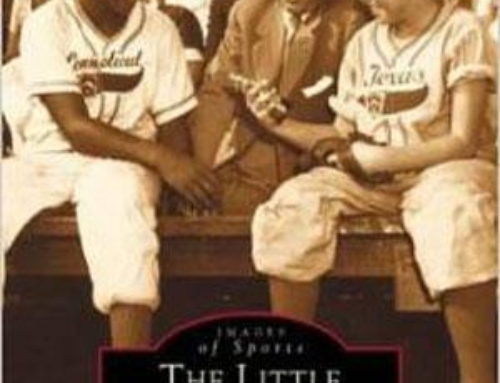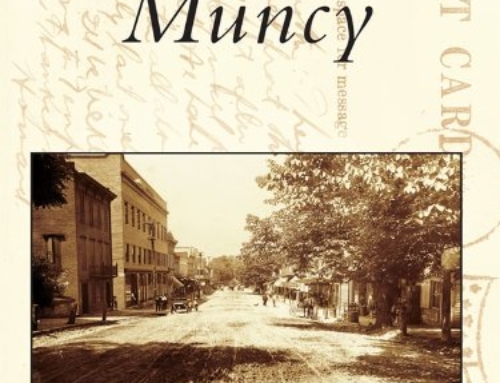New World history is filled with tales of frontier adventure, and here in the Susquehanna Valley, one of the most interesting tales is that of “Madame” Montour and the lost village of Otstonwakin.
Her life is sketchy, almost mythic, but historians have confirmed that “Madame” Montour did indeed, lead an adventurous life on the French and Native American frontiers.
She was born Isabel Couc, circa 1667 at Three Rivers, (Quebec) Canada, the daughter of Frenchman Pierre Couc dit Lafleur (1627–1690) and Marie Miteoamegoukoué (1631–1699). A métis, she was familiar with both French and Native American languages and became proficient in many dialects.
According to Dr. Paul Wallace, historian and consultant to the Pennsylvania Historical and Museum Commission from 1951-57, the young Isabel spent several years in the early 1700s at Forts Michilimackinac and Detroit where her relatives were engaged in the fur trade. Possibly illiterate, Madame Montour signed documents with an “X,” so historians must rely on sparse records by others. She allowed people to believe that her parents were French, and her father was a governor of Canada. Her myth included that she had been captured at a young age and raised among the Indians. She spoke English, German, Algonquin, and Iroquois, as well as French.
John G. Freeze, in an 1879 article, “Pennsylvania Magazine of History and Biography,” reports that she married Roland Montour, “a brave of the Senecas.” Not much information is available about him.
In 1709, while conducting Indians to trade in Albany, her brother, Louis, an interpreter, was murdered. Isabel, who had accompanied Louis, remained in New York. Out of respect, she assumed Louis’ name, becoming Madame Montour. Because of her knowledge of various European and Indian languages, she was employed by Gov. Robert Hunter as an interpreter during the Long Peace. While in New York, she married Carondowana, a Oneida chief.
In 1727, when the Oneida chief Swatana (Shickellamy) came to Pennsylvania, Madame Montour and her family came also. She again served as an interpreter, this time for Pennsylvania Governor Patrick Borden, until her husband was killed in a 1729 raid. She remains in Pennsylvania with her two children, living in the village of Otstonwakin, a vital, thriving town at the nexus of the Loyalsock Creek and the West Branch of the Susquehanna River. The Indian village also is known in historical records as Otstuagy and Ostonwacken.
Alison D. Hirsch, assistant professor of American Studies and History at Penn State University, writing on Madame Montour, claims she stands out in American history as a “self-fashioned woman . . . the most creative — most outrageous — in fashioning her life from the whole cloth in the midst of Pennsylvania’s most volatile frontiers.”
John F. Meginness writes in his “History of Lycoming County,” that Count Nicolaus Zinzendorf, a Moravian missionary in Pennsylvania traveling with interpreter Conrad Weiser, recounts in his journal a meeting with Madam Montour in 1742. Meginness writes: “The journal kept by Count Zinzendorf shows his party left Shamokin for the upper reaches of the West Branch on Sept. 30, 1742. When they approached Otstuagy (Montoursville) — sometimes called Otstonwakin — Weiser rode ahead to notify the inhabitants. It was then the residence of the celebrated Madame Montour, a French half-breed who located there as early as 1727.”
Madame Montour resided in Otstonwakin with her son, Andrew Montour, who assumed many of her interpreter responsibilities and became an important go-between during the French and Indian War. Andrew is described by Zinzendorf as a guide and interpreter whose “cast of countenance is decidedly European, and had his face not been encircled with broadband of paint, applied with bear’s fat, I would certainly have taken him for one. He wore a brown broadcloth coat, a scarlet damask lapel waistcoat, breeches over which his shirt hung, a black Cordovan neckerchief decked with silver bangles, shoes, and stockings, and a hat. He was very cordial, but on addressing him in French, he, to my surprise, replied in English.”
Zinzendorf also reports that Andrew Montour’s ears were “braided with brass and other wire-like a handle on a basket.”
According to historian Paul Wallace, Andrew performed numerous diplomatic errands for both Pennsylvania and Ohio and held a captain’s commission from Virginia in 1754. Andrew Montour also received (but did not keep) land in present-day Mifflin County and Montoursville. He was killed near Pittsburgh in 1772.
Another of Madame Montour’s relatives was French Margaret, a niece who moved into the West Branch Valley from the Allegheny River area in 1745. According to Meginness, French Margaret established a town — and enforced prohibition — within the present limits of Williamsport’s 7th Ward.
Moravian evangelist John Martin Mack visited French Margaret’s Town in 1753 and writes in his journal: “Aug. 28 — Towards 9 a.m. we came to a small town where Madam Montour’s niece Margaret lives with her family. She welcomed us cordially, led us into the hut, and set before us milk and watermelons. We had a long conversation with her on many subjects. She spoke of her husband (a Mohawk Indian known as Peter Quebec) who has had no whiskey for six years and who has already dissuaded two men from drinking. French Margaret is held in high esteem by the Indians, and allows no drunkards in her town.”
Madame Montour leaves Otstonwakin prior to 1745 when the town is decimated by smallpox and famine. Edmund de Schweinitz writes of the abandoned town in 1870, in “The Life and Times of David Zeisberger: The Western Pioneer and Apostle of the Indians.”
“In the course of the summer, he accompanied Mack on an exploration of the two branches of the Susquehanna. This tour showed him the Indian in the depths of misery. Ostonwacken lay deserted and in ruins. Other villages and isolated wigwams, along the West Branch, were likewise uninhabited. After traveling for days, they at last found a Delaware, living on an island covered with rank grass. “Where are all our brothers who used to hunt along this river?” asked Zeisberger. Lifting the blanket which covered the door of his hut, he pointed, in the way of an answer, to several sufferers hideous with the small-pox. This scourge was depopulating them. Those that had escaped it were begging food in the settlements. The missionaries made similar experiences everywhere. They spent two days at Great Island, surrounded by natives ill of the disease.
“Others were starving. A kettle of boiled grass constituted a luxury. Gaunt figures huddled around tires, ate voraciously of such food. Along the North Branch, too, which they followed as far as Wyoming, a dire famine was prevailing. Most of the Indians were gone in search of provisions; such as were at home scarcely sustained life on boiled tree-bark, unripe grapes, and roots.”
Living in Philadelphia in 1744, she is interviewed at the age of 77 by Witham Marshe, who writes of Madam Montour that, “She has been a handsome woman, genteel and of polite address.” She is reported to have died in 1753.
By Robin Van Auken, Williamsport Sun-Gazette




